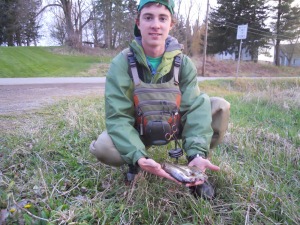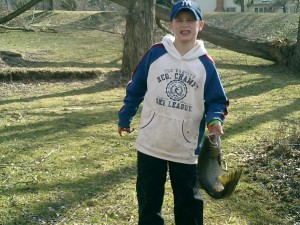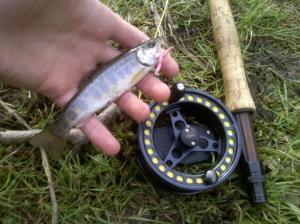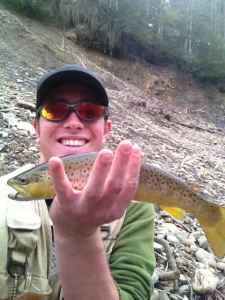Giving Second life to a woodland warrior.
“Dude, did you get that gun dipped?!” My good friend and shooting aficionado, Levi McGee exclaimed one evening as I pulled out a transformed old friend from its case.
Owning your own gun is something special. A bond develops quickly, the way your retriever bonds with your soul, rainy morning after a rainy morning in sulfur odored swamps. You know its feel, its touch, how to settle on the bead for that absolute perfect shot. Your gun travels and if they could talk, would be able to relay the details and truths about what really happened that day in the woods. While some guns are meant for sitting in a cabinet except for a few weekends per year, others, were built to be workhorses, built for every 4 A.M. wake up call, built to be your companion in the worst of conditions. However, they are not invisible and the weathering a gun receives despite how well you clean it after every hunt, still will take its toll.
Rainy days are my favorite to turkey hunt. I despise being soaked but it is worth the trip considering for some reason in nasty weather, the gobblers get active and more receptive. That being said, my Remington 870 has seen its fair share of tough days in the weather. From the outside, the blueing is fading and the wooden stock shows its age. Although I purchased it used, I still want to protect my gun for as long as possible. Making it look sharp is also an aspect which has laid heavy on my mind.
Purchasing a new camouflage plastic stock and re-bluing the gun would run me a bit of a bill at this point, and as a young man almost out of college, I need to pinch pennies where ever I can. The thought of camouflage taping my gun has passed my mind many times, however, the last time I used cloth tape on my gun, it seemed to trap moisture rather than wick it away.
John Hinde from Mossy Oak Graphics recommended I try some of his camouflage tape on my gun. The high definition pattern on a durable adhesive tape looked as if it might solve the problem with moisture on the gun.
Obtaining a role of tape, the transformation began.
The tape has a strong adhesive adhering to the gun’s surface with ease.
From just a few feet away, this gun looks as if it has been dipped. I do not think ducks, geese, deer or turkey will be seeing this at all. If I were really picky, I would go buy a completely matching camo suit.
Mossy Oak Graphic Tape has given my gun a new look, feel, and layer of protection. I worry less about taking it on bad weather hunts. But while it may look different, the soul of the gun is still dead on.
Check out all their great products here, http://www.mossyoakgraphics.com/
God Bless, Pass The Ammo Bag.
PWL


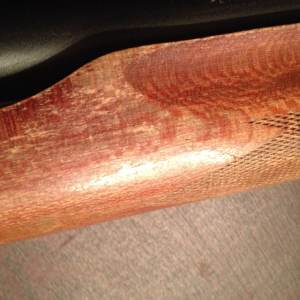



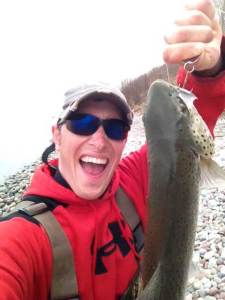
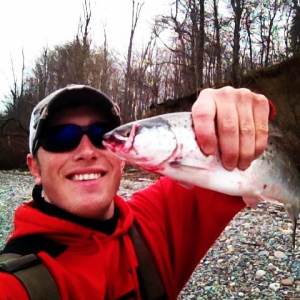
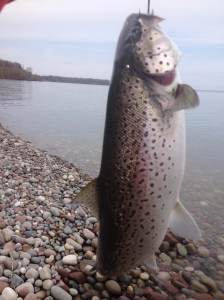
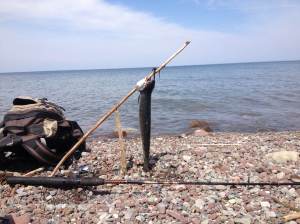
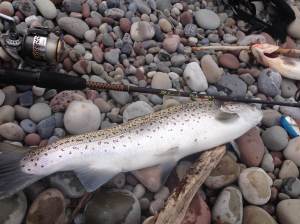
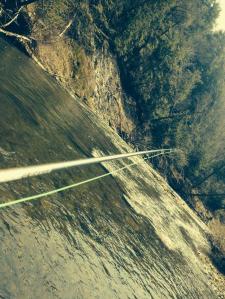 Whether or not you are fishing after tradition, adventure, or for food, trout fishing in the winter and early spring time is near ritualistic for many individuals. With many states hosting strong stocking programs, the put-and-take allow many fishermen and women the chance at a different species of fish than they are used to chasing. For some, it is as if they are getting a chance to fish pristine alpine meadows high in the Rockies- it may be the closest they ever get.
Whether or not you are fishing after tradition, adventure, or for food, trout fishing in the winter and early spring time is near ritualistic for many individuals. With many states hosting strong stocking programs, the put-and-take allow many fishermen and women the chance at a different species of fish than they are used to chasing. For some, it is as if they are getting a chance to fish pristine alpine meadows high in the Rockies- it may be the closest they ever get.